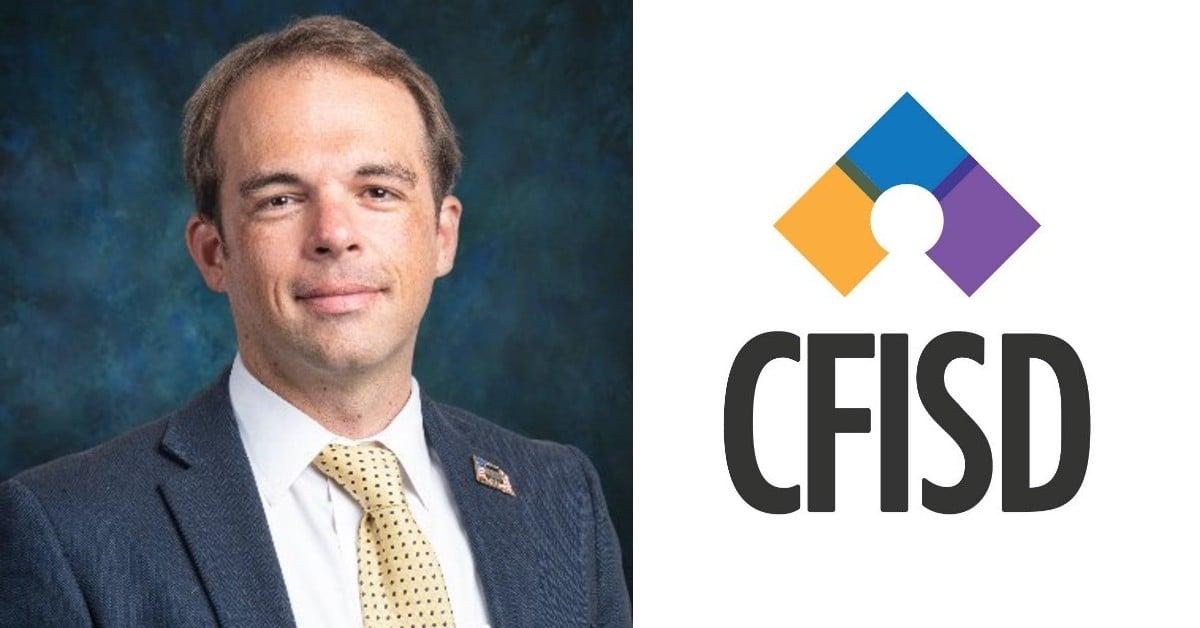Bus driver shortage a major challenge as students head back to school
It’s been covered locally, and is now making national news: The bus driver shortage, exacerbated by COVID, is more severe than ever.
Pittsburgh schools
delayed their back to school start date by two weeks. In Pasco County, Florida,
80 bus routes remained unassigned as students returned to school. In Akron, Ohio,
buses are running late as school transportation employees grapple with understaffed routes. And one student in New Orleans was left
waiting for a bus that never showed.
The school bus driver shortage has long been an issue. In a 2016
survey of school transportation professionals conducted by the National Association of Pupil Transportation, 87% of respondents reported that the bus driver shortage was a major problem — and 70% said it was getting worse.
A 2021
School Bus Fleet survey of school bus contractors in the U.S. and Canada affirms that the situation is worsening. Almost half of the survey respondents described the bus driver staffing shortage as “severe” or “desperate,” a significant increase over 2019 survey results.
How is the bus driver shortage affecting schools and students?
School districts around the country are scrambling to manage busing operations and logistics due to the bus driver shortage. Some school districts are offering incentive programs and sign-on bonuses to
attract new drivers, while others are taking grassroots approaches such as sending school bus drivers to recruitment fairs.
Many schools are trying numerous other tactics in an attempt to align available resources with the demand for student busing such as staggering student schedules, altering pick-up and drop-off times, consolidating or eliminating bus routes and expanding walk boundaries.
The Pittsburgh Public School system, for example,
increased walk zones to 1.5 miles around select school districts, eliminating the need for 22 buses. This policy change is impacting almost 800 public school students who used to ride the bus and will now be expected to walk to school. “I’m a mother, a single mother of six kids at two different schools. I work two jobs. I can’t get them to and from school every day,” said one mother in Pittsburgh who is concerned about the repercussions of the bus driver shortage.
Although well-intentioned, some approaches to managing the bus driver shortage can have unfortunate consequences such as increasing the amount of time some students spend on the bus, requiring others who live further away to walk to school and leaving some students with no way to get to school at all.
Why is there a bus driver shortage?
There are a number of reasons why filling school bus driver positions has been a long-standing challenge for school districts.
Bus driver roles are usually part-time. Although this may work well for retirees and others who are looking for a limited work schedule, the part-time nature of this work is an impediment for a lot of potential applicants who want — or need — a full-time job with benefits.
“It’s hard to find individuals that would like to drive a school bus,” said one anonymous transportation director who responded to HopSkipDrive’s
2021 State of School Transportation survey. “Only being able to offer a contract for five hours a day is a major factor.”
Bus driver positions don’t pay well. According to
Payscale.com, the average hourly pay for a school bus driver in the U.S. was $17.31 as of August 3, 2021. For one director of transportation who responded to our State of School Transportation survey, that is not nearly enough: “Driving students is a specialized, professional position. Drivers should be paid accordingly.”
A commercial driver’s license (CDL) is required. For potential applicants who don’t have a CDL, this may mean an initial up-front investment of both time and money before being hired. This, in and of itself, is enough to stop some potential drivers from applying.
The training and onboarding process for new bus drivers is time-consuming. Even when school districts are able to successfully identify applicants and hire new bus drivers, the required classes, training and medical examinations — which are dictated by state and federal regulations — can take
up to 12 weeks.
“It takes too long to train bus drivers, and they receive too little pay,” said one anonymous school transportation executive.
How has COVID impacted the bus driver shortage?
According to our
2021 State of School Transportation report, 80% of the directors of transportation, superintendents and transportation staff surveyed reported that COVID-19 health and safety considerations and related operational changes have accelerated the bus driver shortage.
School bus drivers have retired. School districts often hire retirees to drive buses, which means that many of the people who would normally fill these roles are over the age of 65 — some with pre-existing conditions. This puts them at higher risk for complications from COVID-19. Many have chosen to retire instead of return.
“Due to COVID, we will continue to see a reduction in retirees applying to drive school buses. And school bus drivers are the backbone of our transportation operations,” one director of transportation said when responding to our 2021 State of School Transportation survey.
School bus drivers have secured jobs in different industries. Many who were employed as bus drivers pre-COVID have transitioned to jobs at private companies after being laid off or furloughed due to COVID-related school closures.
Drivers with CDLs are in high demand nationwide due to staffing shortages in numerous industries. In terms of job opportunities, there is currently a lot of
competition for CDL drivers from shipping and trucking companies that are offering full-time positions that come with incentives, higher pay and better benefits.
There is an increase in the number of students who need transportation this year. Even as some schools began to reopen last year, many students opted for fully remote or hybrid learning schedules due to ongoing COVID-19 concerns. This meant there was less of a demand for busing.
As school districts across the country return to in-person learning this fall — and COVID continues to have an impact on transportation scheduling and logistics — schools are struggling to assign the increased number of bus routes compared to last year. And they don’t have enough bus drivers to handle them.
COVID-related procedural changes mean more (and different) responsibilities for bus drivers. Almost three-quarters of school bus contractors who responded to the 2021 School Bus Fleet survey reported an increase in required bus cleaning and sanitizing practices due to COVID-19. Bus drivers are also spending more time following other updated, district-specific (and continually changing) health and safety practices, such as required masking, temperature checks, and social distancing.
Said one school transportation staff member surveyed by HopSkipDrive: “Ensuring students follow guidelines, like social distancing, is a major concern,”
The future of student transportation
The bus driver shortage the school transportation industry is facing is not new. The factors influencing this problem, however, are evolving, leaving many school districts in need of alternative ways to transport students to and from school.
New solutions and creative thinking are needed. Alternative school transportation solutions like HopSkipDrive help to offset bus driver shortages by acting as a complement to the traditional school transportation model. Without sacrificing safety, innovative, cost-effective transportation solutions are available that can fulfill not only individualized transportation but also general education needs, and replace underutilized routes.


